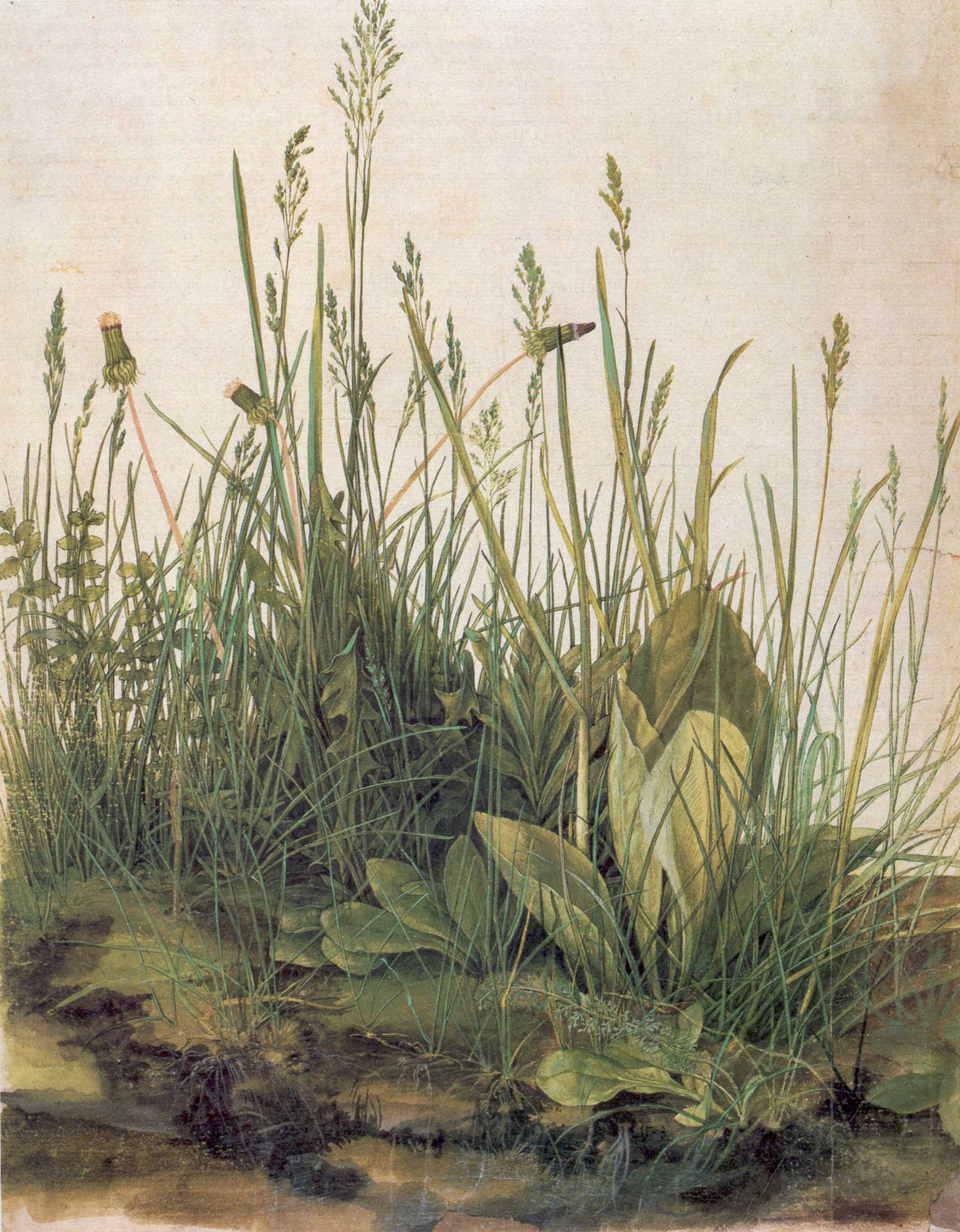 The reformation split Christendom in half but that did not affect the thriving developments of intellectual and artistic ideas. Humanism made its way North and spread throughout Europe. Northern Humanists, like their Southern counterparts cultivated and furthered their knowledge of classical culture and literature. As such, they concentrated their efforts on reconciling humanism with Christianity, from which they gained the moniker, “Christian humanist.”
The reformation split Christendom in half but that did not affect the thriving developments of intellectual and artistic ideas. Humanism made its way North and spread throughout Europe. Northern Humanists, like their Southern counterparts cultivated and furthered their knowledge of classical culture and literature. As such, they concentrated their efforts on reconciling humanism with Christianity, from which they gained the moniker, “Christian humanist.”The Isenheim Altarpiece, like altarpieces of Medieval and early Renaissance time, retold the crucifixion of Christ, and meticulously depicted his suffering, as an allegory for 16th century viewers. Warnings are broadcasted to the unrepentant. But, unlike earlier altarpieces, here we see joy and hopefulness given to us by the inclusion of the resurrection, annunciation—and ultimate salvation. The sick or sinful are given hope through the possibility of everlasting life. This masterpiece is a mix of wonderfully complex colors and subtle tones—which serve to contrast horror with hope. Grunewald used soft, color harmonies and shocking color dissonance to tell this meaningful story.
http://www.wga.hu/frames-e.html?/html/g/grunewal/2isenhei/index.html
http://www.ibiblio.org/wm/paint/auth/grunewald/crucifixion/
Albrect Durer broke with his Italian Renaissance brothers when he created his simply elegant Great Piece of Turf. A scientific thinker, like Leonardo, Durer department from the religious depictions and created a secular painting to be discovered and study by all thinking men.
 Moreover, he used WATERCOLORS, something we haven’t seen before. His ability to observer the truth and then translate that upon canvas is the hallmark of a true humanist.
Moreover, he used WATERCOLORS, something we haven’t seen before. His ability to observer the truth and then translate that upon canvas is the hallmark of a true humanist.http://www.metmuseum.org/toah/hd/durr/hd_durr.htm
http://www.albrecht-durer.org/The-So-Called-Great-Piece-Of-Turf.html
http://www.louvre.fr/llv/musee/detail_periode.jsp?CONTENT%3C%3Ecnt_id=10134198673226961&CURRENT_LLV_CHRONOLOGIE%3C%3Ecnt_id=10134198673226610&CURRENT_LLV_PERIODE%3C%3Ecnt_id=10134198673226961&FOLDER%3C%3Efolder_id=9852723696500937&bmLocale=en&leftPosition=-300
http://www.paris.org/Musees/Louvre/buildhistory.html
No comments:
Post a Comment